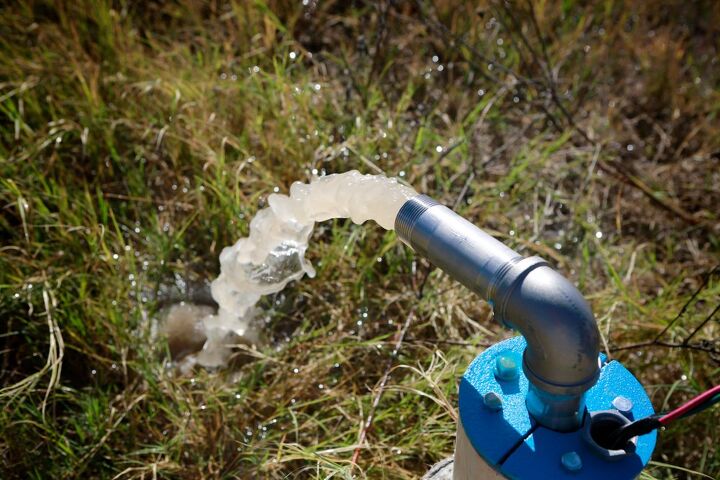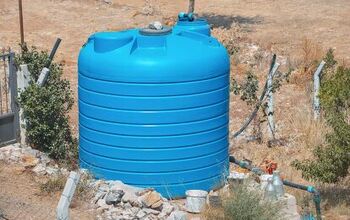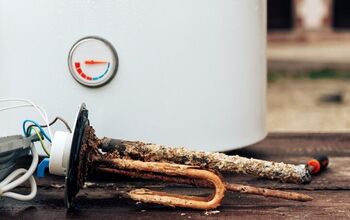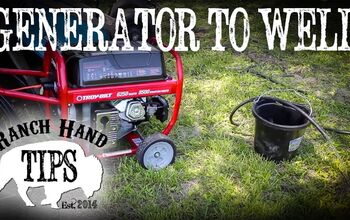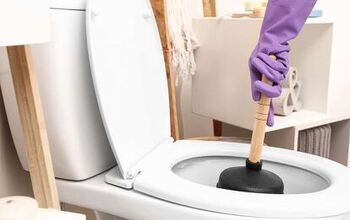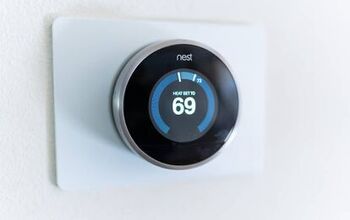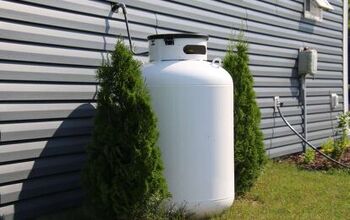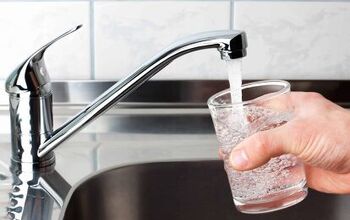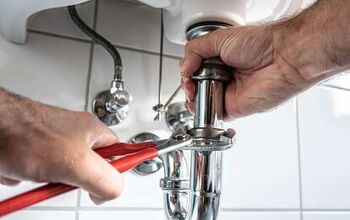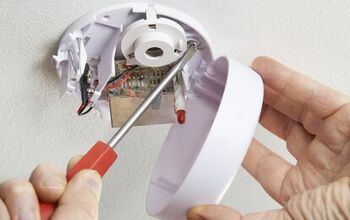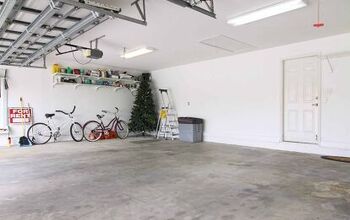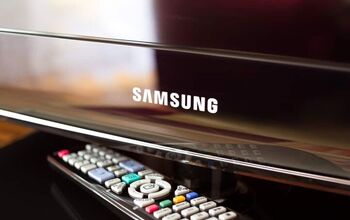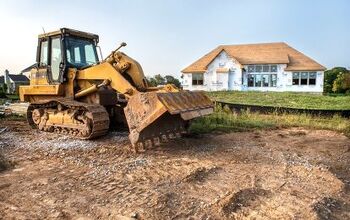How Fast Does Well Water Replenish? (Find Out Now!)

Well water is not the most common type of water hookup that you’ll find in America, but it is still a major part of the way people get the water they drink. Unlike municipal “city water,” well water is finite in quantities—to a point. You only have enough for a certain period of time. Then, you will have to wait for it to replenish. So, how long would you have to wait for your well to refill?
A typical well will replenish at the rate of 5 gallons per minute, however this can vary greatly depending on where your well is located. In many parts of the country, wells will refill at a slower or faster pace due to the local soil and cistern access available.
Well, well, well. It’s time to start talking about what new well owners should know about their water supply and how they should manage it. Are you ready?
Do You Need Well Pump Repair or Service?
Get free, zero-commitment quotes from pro contractors near you.

How Fast Does A Well’s Water Replenish?
If you want to be technical, there’s no standard replenish rate that you can really rely on. While most replenishing rates are around 5 gallons per minute, the truth is that it can take far longer or shorter for your well to refill. The following factors can have an impact on your replenishing rate:
- Depth. Deeper wells tend to have better access to groundwater.
- Local Aquifers/Cistern Health. An area that has a ton of groundwater will be able to replenish faster than those that don’t.
- Well Build. Sometimes, poorly built wells will replenish slowly just because it’s not a good look.
How Long Should You Wait For A Well To Replenish?
You can expect to get around 300 gallons of water ready to use if you wait for a full hour. Thankfully, that means that you won’t have to wait too long to do something like flush the toilet or grab a drink.
If you aren’t sure what to do, tie a weight to a string and dip the weight into the well. Pull the string up and remove it after you feel the weight plunk down to the bottom of the well. Once the weight and the string have at least three feet of wetness, you can rest assured that you have enough water for at least one nice bath.
How Can You Tell How Fast Your Well Replenishes?
Honestly, with some wells, it’s hard to tell. Wells often will have moments where their water replenishment rates will fluctuate based on the time of day. Most modern wells will have a replenishment rate written somewhere. Your replenishment rate will be written in GPM.
In the well water world, GPM stands for gallons per minute. So if you know you that you need five gallons of water for a flush, you are going to need to wait one minute if you have a 5 GPM toilet.
How Can You Tell If Your Well Is Running Out Of Water?
The good news about living with a well as your water source is that you can always tell when you have to pump the brakes on your water use. These signs below suggest that you should hit the pause button for your water use…at least for a while:
- Your faucets are sputtering or water just comes trickling out. This means that you have run your well so hard that there is no water left to use. If this is occurring, then you may need to have a closer look at your well’s intake to see if something has gone wrong with your system.
- The water that you’re getting looks cloudy, murky, or muddy. That’s “bottom of the well” water. You might want to grab a filter and wait for your well to refill in the meantime. What you’re seeing is the sediment in the water’s bottom floating around.
- Your water tastes kind of funky. Much of the sediment that stays in the bottom of your well will come back up if the water is starting to come back out. While unusual looks are a more obvious sign, sometimes the sediment isn’t always visible. Rather, it may just make your water smell funky or taste strange.
- Your water pump takes longer to actually bring water to your home. That means it’s basically “reaching around” to see what water is left. It could also mean that your pump is feeling stressed or may be malfunctioning, so if this continues after your well is replenished, check it out.
Do You Need Well Pump Repair or Service?
Get free, zero-commitment quotes from pro contractors near you.

Related Questions
How fast should your well recover?
If you live in a very small house or are just using a well for auxiliary water, then you might be able to make do with a 1 to 3 GPM well. Most residential homes will be better off with a 5 GPM home. If you have a larger ranch or own a multi-family unit, then you may need a faster well at approximately 10 GPM.Of course, if you want to have a commercial apartment building, wells might not be the best way to run water to your tenants. We strongly suggest getting a link to city water if at all possible. Most wells cannot sustain multiple families without extreme stress on the system.
How long does it take for a well to permanently run out of water?
Wells may be very resilient, they are not meant to live forever. Eventually, almost all wells will run out of water. A typical well may be able to survive for 20 to 30 years without the worry of having it completely dry up. Once the well has dried, there is not much you can do to obtain water out of it aside from drill deeper in.
When does a well run out of water?
A well will run out of water if the groundwater level sinks lower than the intake level of your well. This is often the issue that happens with seismic shifts or just shifts near aquifers. Reduced rainfall, fracking, drilling, as well as higher water usage throughout the area you live in can contribute to this.

Ossiana Tepfenhart is an expert writer, focusing on interior design and general home tips. Writing is her life, and it's what she does best. Her interests include art and real estate investments.
More by Ossiana Tepfenhart



